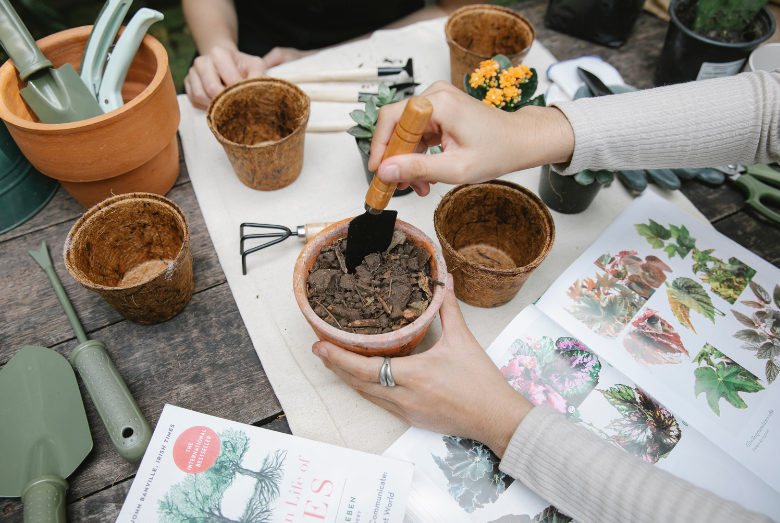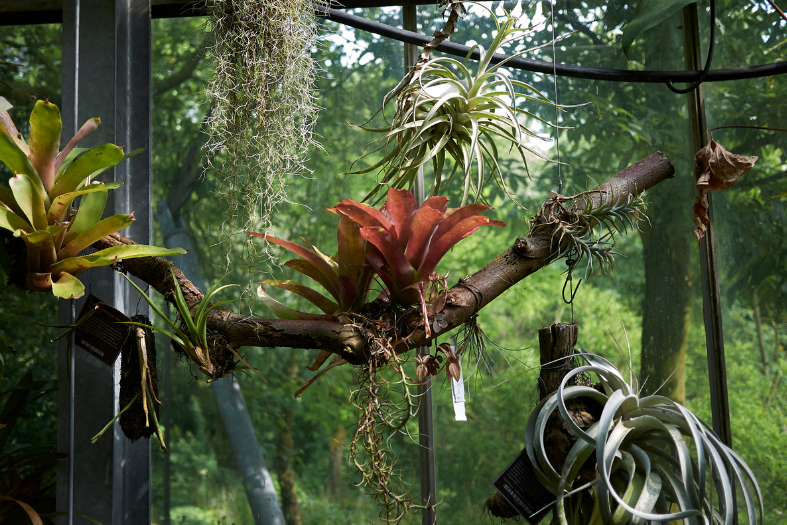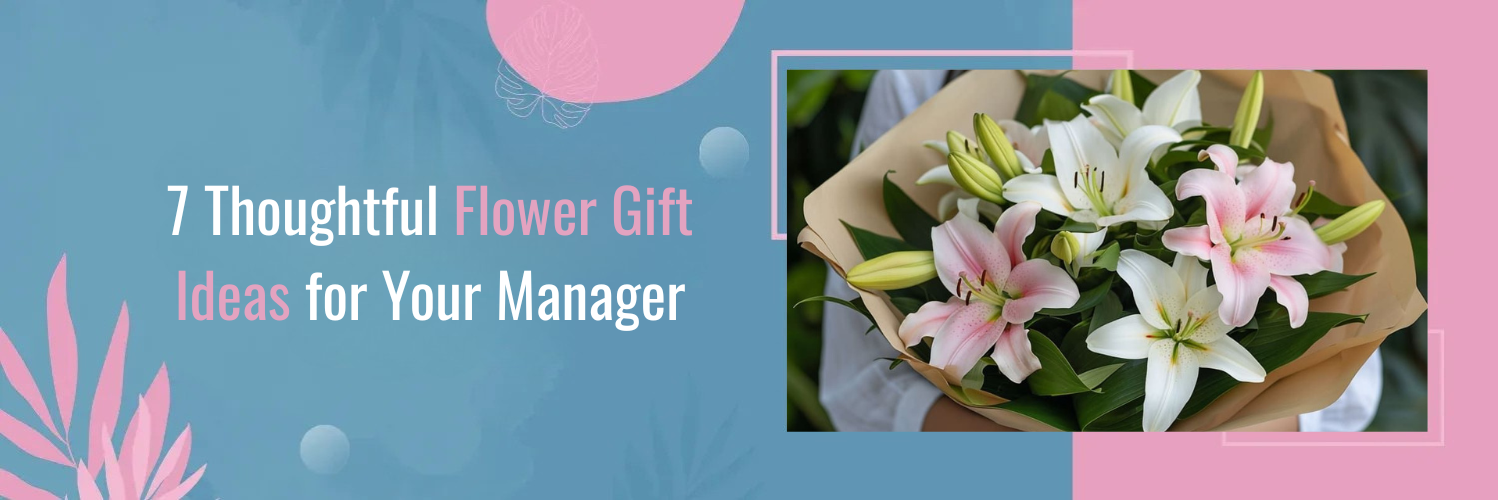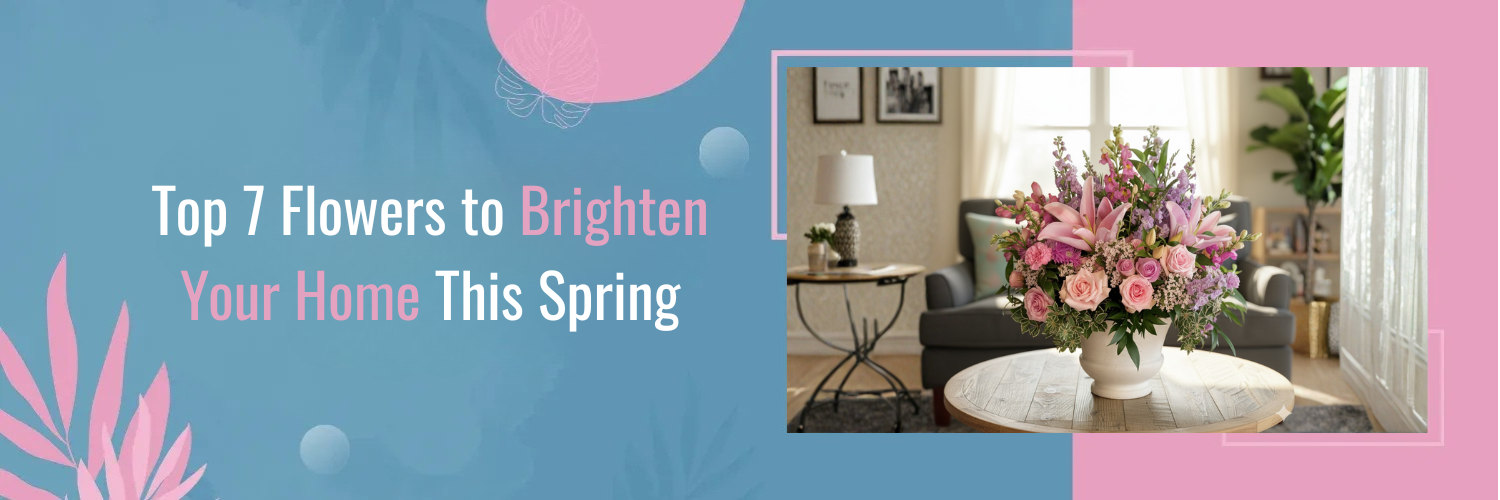What are Bromeliads?

Bromeliads
, a fascinating group of plants, add flair to any space with their vibrant colors and striking shapes. Originally from the tropical Americas, they’re experts at adapting to various environments, from humid rainforests to dry deserts, making them great indoor plants.
Their distinctive appearance, with rosette-shaped leaves and beautiful blooms, gives indoor areas an exotic vibe. But, taking care of bromeliads isn’t your usual plant routine. They have unique needs shaped by their native homes, requiring special attention to watering, light, and nutrients.
For plant lovers, the fun lies in mimicking their natural habitat at home. It’s not just about meeting their basic needs but also understanding their growth stages, from flowering to producing pups, which are new plants growing from the parent.
Caring for bromeliads is a rewarding journey into the world of gardening. It’s a chance to explore the diversity of plants and add a touch of tropical beauty to your home. By understanding and meeting their needs, you ensure these stunning plants stay healthy and vibrant, bringing joy to your indoor garden.
Origin and Species of Bromeliads

The bromeliad family, boasting over 3,000 species and countless hybrids, is incredibly diverse. Originating mainly from the Americas, with a big chunk from Brazil, these plants vary widely, from familiar pineapples to air plants like Tillandsia, which grow on trees. Their diversity means they have different needs depending on their habitat, whether it’s rainforests or deserts. This adaptability is crucial to their survival, so when caring for them at home, it’s important to consider their natural environment. For example, air plants need different care from ground-rooted ones like pineapples.
Characteristics of Bromeliad Plants

One standout feature of bromeliads is their spiral leaf formation, creating a visually pleasing and functional rosette. Many types have thick leaves that can hold water at the center, especially important for those that grow on trees.
Their allure is furthered by their colorful flowers and specialized leaves called bracts, often mistaken for flowers themselves. These vibrant features have evolved to attract pollinators.
Bromeliads also have a unique way of getting nutrients and water: through their leaves. Unlike most plants that rely on roots, bromeliads, especially those growing on trees, have adapted to absorb what they need from the air. This unique method affects how they should be cared for, as traditional watering techniques might not work.
Essential Care Tips for Bromeliads

Lighting Requirements
When it comes to providing the right amount of light for your bromeliad, it’s important to strike a balance. Bromeliads thrive in bright, indirect sunlight. Direct sunlight, especially the harsh, midday sun, can be detrimental to these plants as it can scorch their leaves, leading to unsightly damage. On the other hand, insufficient light may result in reduced vibrancy in their colouring and stunted growth.
The ideal location for your bromeliad is near east or west-facing windows. These windows provide the perfect balance of light, allowing the plant to receive the gentle morning or afternoon sun without exposing it to the intensity of midday rays. If your home lacks access to sufficient natural light, you can consider using artificial grow lights designed for indoor plants. These lights mimic the spectrum of natural sunlight and can ensure your bromeliad receives the light it needs for optimal growth.
Watering Your Bromeliad

Watering bromeliads is a unique and crucial aspect of their care. These plants have evolved to collect water in their central cup, which mimics their natural rainwater collection method in their native habitats. To water your bromeliad properly, pour water directly into this central cup. It’s important to avoid watering the soil directly as you would with most other plants.
The key to successful bromeliad watering is to keep the central cup consistently filled with water. However, it’s equally important to prevent overwatering, which can lead to root rot. To achieve this balance, allow the soil to remain slightly moist but not soggy. Check the soil’s moisture level regularly, and only water when the top inch feels dry to the touch.
Additionally, it’s advisable to empty and refill the central cup with fresh water weekly. This prevents the accumulation of stagnant water, which can become a breeding ground for harmful bacteria. Ensuring that the water remains clean and free from contaminants is essential for the overall health of your bromeliad.
Ideal Temperature and Humidity
Creating the right environmental conditions is essential for the well-being of your bromeliad. These plants thrive in warm, humid conditions reminiscent of their native tropical habitat. The ideal temperature range for bromeliads is between 55-80°F (13-27°C). Maintaining temperatures within this range ensures that they remain comfortable and can grow optimally.
In addition to temperature, humidity plays a crucial role in bromeliad care. They benefit from increased humidity levels, which can be achieved in several ways. Using a room humidifier can effectively raise the humidity around your bromeliad. Alternatively, you can create a simple pebble tray by placing a shallow tray filled with water and small pebbles near your plant. As the water evaporates, it increases the humidity near the bromeliad.
Soil and Potting Needs

Selecting the right potting mix and pot type is paramount for the health of your bromeliad. These plants require a well-draining potting mix replicating the loose, airy soil conditions they encounter in their natural habitats. A typical bromeliad potting mix consists of a blend of orchid bark, perlite, and peat moss. This mixture allows for adequate drainage while retaining some moisture.
In addition to the soil mix, consider the pot type and size. Bromeliads have relatively shallow root systems, so opt for a shallow pot rather than a deep one. Using a pot that’s too deep can lead to water retention at the bottom, potentially causing root rot. Choosing a pot that matches the size of your bromeliad’s root ball is ideal.
Fertilisation and Growth

When and How to Fertilise
Fertilising your bromeliad correctly is essential for promoting healthy growth without overburdening the plant. Bromeliads, in general, are considered light feeders, meaning they do not require frequent or heavy fertilisation. Here’s when and how to fertilise your bromeliad:
- Timing:
Fertilisation should occur during the growing season. For most bromeliads, this period spans from spring through early autumn. Avoid fertilising during the dormant winter months, as the plant’s metabolic activity decreases during this time.
- Fertiliser Type:
Choose a water-soluble fertiliser with a balanced NPK ratio (Nitrogen, Phosphorus, Potassium). A half-strength fertiliser is recommended for bromeliads. This diluted concentration provides the necessary nutrients without risking over-fertilisation, which can harm the plant.
- Application Method:
When applying fertiliser, it’s important to target the leaves and the central cup of the bromeliad. This is because bromeliads primarily absorb nutrients and moisture through their leaves, rather than relying heavily on their root systems. Gently mist or spray the diluted fertiliser solution onto both the leaves and into the central cup.
- Frequency:
Fertilise your bromeliad approximately once a month during the growing season. Avoid frequent fertilisation, as bromeliads do not have high nutrient requirements. Over-fertilisation can lead to the build-up of salts in the soil or central cup, which can harm the plant over time.
- Rinse the Central Cup:
After applying fertiliser, it’s a good practice to rinse the central cup with water periodically to prevent the accumulation of excess salts or residues. This helps maintain a healthy environment for your bromeliad.
Bromeliad Growth Cycle

Bromeliads have a unique growth cycle that distinguishes them from many other plants. Understanding this cycle is crucial for successful long-term care. Here are the key points to know:
- Flowering:
Bromeliads typically flower once in their lifetime. The flowering cycle can last anywhere from one to three years, depending on the species and growing conditions. During this time, the plant produces a stunning flower spike, often accompanied by colourful bracts.
- Pup Production:
After the main plant flowers, it begins to produce ‘pups’ or offshoots at the base. These pups are new plants that will eventually grow independently. Pup production is a natural part of the bromeliad’s life cycle and is a means of ensuring the plant’s continuity.
- Main Plant Decline:
Once the main plant has completed its flowering and pup production, it gradually begins to decline. The leaves may start to wither, and the plant’s energy shifts towards nurturing the pups. This decline is a natural part of the bromeliad’s life cycle, and it is not indicative of poor care.
- Pup Propagation:
To maintain a continuous display of bromeliads, it’s essential to propagate the pups. Please wait until the pups are approximately one-third the size of the parent plant before carefully separating them. These pups can be potted individually to grow into new bromeliad plants.
Common Issues and Solutions

Pest Management
Pests can occasionally trouble your bromeliad, but with vigilance and appropriate measures, you can keep them at bay. Here are common pests and how to manage them:
- Aphids:
Aphids are small, sap-sucking insects that can gather on the leaves and stems of your bromeliad. To manage them, use insecticidal soap or neem oil. Ensure that the product you choose is safe for bromeliads and apply it according to the manufacturer’s instructions. It’s important to treat aphids promptly to prevent damage to the plant.
- Scale Insects:
Scale insects are often found as small, immobile bumps on the leaves of bromeliads. They feed on plant sap and can weaken the plant over time. To manage scale, gently remove them with a soft brush or cloth. Follow up with insecticidal soap or neem oil treatment as needed.
- Mealybugs:
Mealybugs are soft-bodied insects that leave a white, cottony residue on your bromeliad. Like aphids, they feed on plant juices. To control mealybugs, use insecticidal soap or neem oil, ensuring the product is safe for bromeliads. Regularly inspect your plant, as mealybugs can hide in leaf crevices.
Disease Prevention and Treatment
Diseases in bromeliads often stem from environmental factors such as overwatering or inadequate air circulation. Here’s how to prevent and treat common diseases:
- Root Rot:
Root rot is a fungal disease caused by excessively wet soil. To prevent it, ensure that your bromeliad’s potting mix is well-draining, and avoid overwatering. If you suspect root rot, remove the plant from the soil, trim affected roots, and repot it in a fresh, well-draining mix.
- Fungal Infections:
Bromeliads can be susceptible to various fungal infections. Good air circulation is essential to prevent these diseases. Ensure that your plant is not overcrowded and that it receives adequate ventilation. If you notice signs of fungal infection, such as discoloured or damaged leaves, treat the plant with an appropriate fungicide following the product’s instructions.
Troubleshooting Common Problems
To ensure the continued health and vibrancy of your bromeliad, it’s crucial to promptly address common issues. Here are two prevalent problems and their solutions:

Yellowing Leaves
Yellowing leaves can be an early warning sign of various issues affecting your bromeliad. To address this problem:
- Check Soil Moisture:
Ensure that you are not overwatering your bromeliad. Allow the top inch of the soil to dry out between waterings. Adjust your watering schedule accordingly.
- Assess Nutrient Levels:
Yellowing leaves can also indicate nutrient deficiencies. Consider fertilising your bromeliad with a half-strength, water-soluble fertiliser designed for houseplants. Follow the manufacturer’s recommendations for application.
- Lighting Conditions:
Examine the plant’s lighting conditions. Ensure that it is receiving the appropriate amount of indirect sunlight. If it’s in a location with insufficient light, move it to a spot with better lighting to promote healthy growth and leaf colouration.
Brown, Crispy Leaves
Brown, crispy leaves are another common issue that can affect bromeliads. To tackle this problem:
- Adjust Watering Frequency:
Brown, crispy leaves are often a sign of under-watering. Increase your watering frequency while ensuring that the soil remains consistently moist but not waterlogged. Be cautious not to let the plant sit in standing water, as this can lead to root rot.
- Check Sun Exposure:
Excessive exposure to direct sunlight can scorch the leaves, causing them to turn brown and crispy. If your bromeliad is in a location with intense sunlight, consider moving it to a spot with filtered or indirect sunlight. This will help prevent further leaf damage.
Propagation and Repotting

How to Propagate Bromeliads
Propagating bromeliads is an exciting way to expand your collection and ensure the continuity of their unique beauty. Bromeliads are primarily propagated through the use of pups, which are small offshoots that grow at the base of the parent plant. Here’s how to propagate bromeliads effectively:
- Wait for Adequate Growth:
Pups should be allowed to grow to approximately one-third the size of the parent plant before attempting to propagate them. At this stage, they are robust enough to establish themselves as independent plants.
- Gentle Separation:
Carefully separate the pup from the parent plant. This can be done by gently pulling the pup away or by using a clean, sharp knife or scissors to cut it from the parent’s base. Be cautious not to damage the pup or its roots during this process.
- Potting the Pup:
Once the pup is separated, pot it individually in a suitable container. Use a well-draining potting mix that is similar to what the parent plant was growing in. Ensure the pot has drainage holes to prevent waterlogging.
- Placement:
Place the potted pup in an area with appropriate lighting and care, similar to that of mature bromeliads. Over time, the pup will grow into a fully mature plant, producing its unique foliage and, eventually, flowering.
Repotting Techniques

Repotting is an essential aspect of bromeliad care and is necessary every few years to maintain the health and vitality of your plants. Here’s how to approach the repotting process:
- Timing:
The ideal time to repot a bromeliad is when the pup has grown significantly or when the potting mix has degraded. Repotting too frequently is unnecessary and can disrupt the plant’s growth.
- Select a Suitable Mix:
Choose a well-draining potting mix that closely resembles the mix the bromeliad was previously growing in. A typical mix includes components such as orchid bark, perlite, and peat moss. Ensure it allows for good aeration and drainage.
- Pot Size:
Select a new pot that is slightly larger than the root ball of the bromeliad. Bromeliads have relatively shallow root systems, so a shallow pot is preferable to a deep one. This prevents excess water retention and root rot.
- Careful Repotting:
Gently remove the bromeliad from its current pot, being cautious not to damage the roots or foliage. Please place it in the new pot and fill the remaining space with the fresh potting mix. Ensure the plant is at the same depth as it was in the previous pot.
- Watering After Repotting:
After repotting, water the bromeliad lightly to settle the new potting mix. Avoid overwatering during the initial days after repotting to allow the plant to acclimate to its new environment.
Choose Bourkes Florist for Your Floral Needs
Caring for a bromeliad plant can be a rewarding experience, bringing a touch of tropical beauty into your home. By understanding their unique needs and providing proper care, you can watch these stunning plants thrive and flourish. If you’re passionate about plants and interested in adding more greenery to your space, be sure to explore the wide selection of beautiful plants available from Bourkes Florist. With same-day delivery and a commitment to quality, it’s easier than ever to bring the joy of gardening into your life. Shop now!
FAQs
Q: What Is the Lifespan of a Bromeliad?
Most bromeliads live for several years, flowering once and then gradually dying after producing pups.
Q: Can Bromeliads Grow in Low-Light Conditions?
Some bromeliads can tolerate low light, but they thrive best in bright, indirect light.
Q: How Often Should I Water My Bromeliad?
Water when the top inch of soil feels dry, and regularly fill the central cup.
Q: Do Bromeliads Need Special Fertiliser?
They require minimal fertilisation, and a half-strength, water-soluble fertiliser during the growing season.
Q: Can Bromeliads Be Grown Outdoors?
In suitable climates (warm and humid), bromeliads can be grown outdoors, but they must be protected from extreme temperatures and direct sunlight.





























